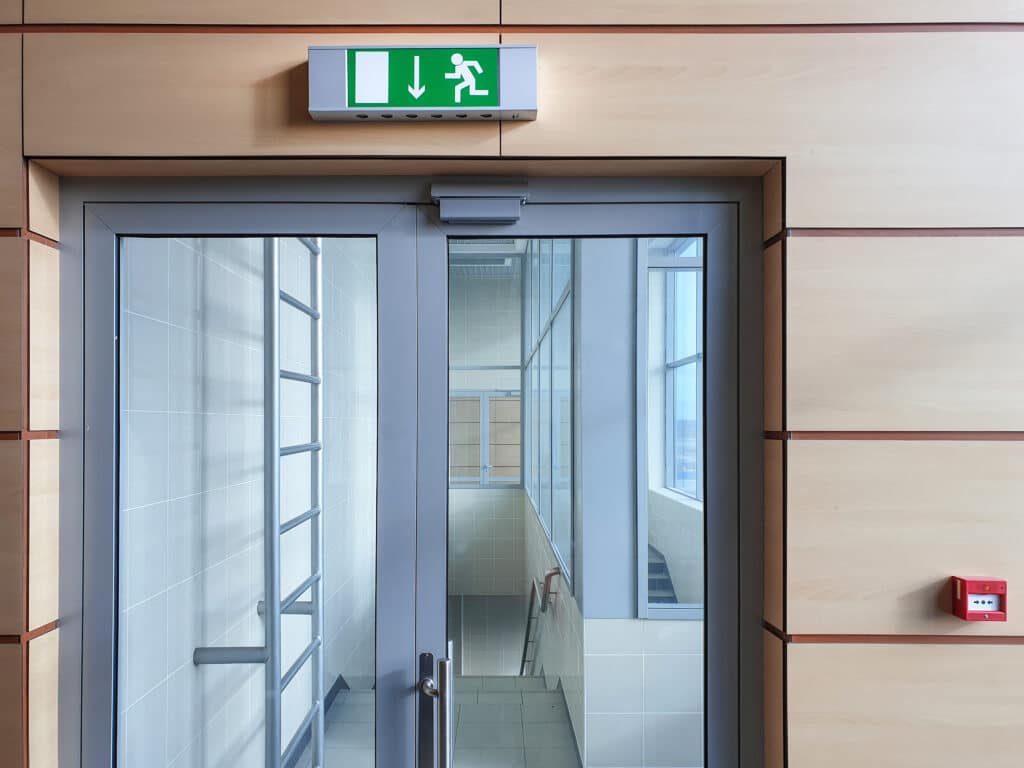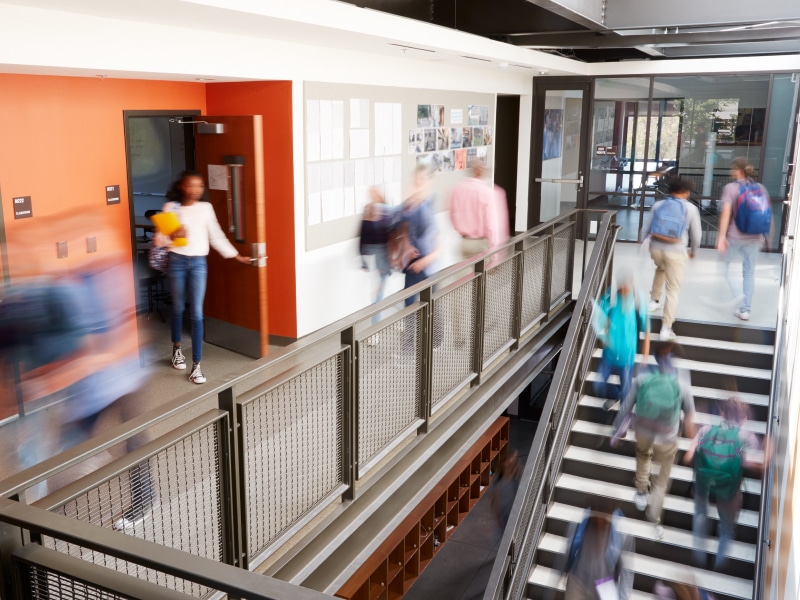While we may hear about active shooter-related lockdowns most often, there are a variety of potential challenges for which a school can employ an emergency notification system. In fact, according to The U.S. Department of Education’s Building Blocks to School Safety Report, schools should have an emergency operations plan in place that considers all threats […]
How Effective Emergency Notification Technology Responds To A Variety Of Emergencies








